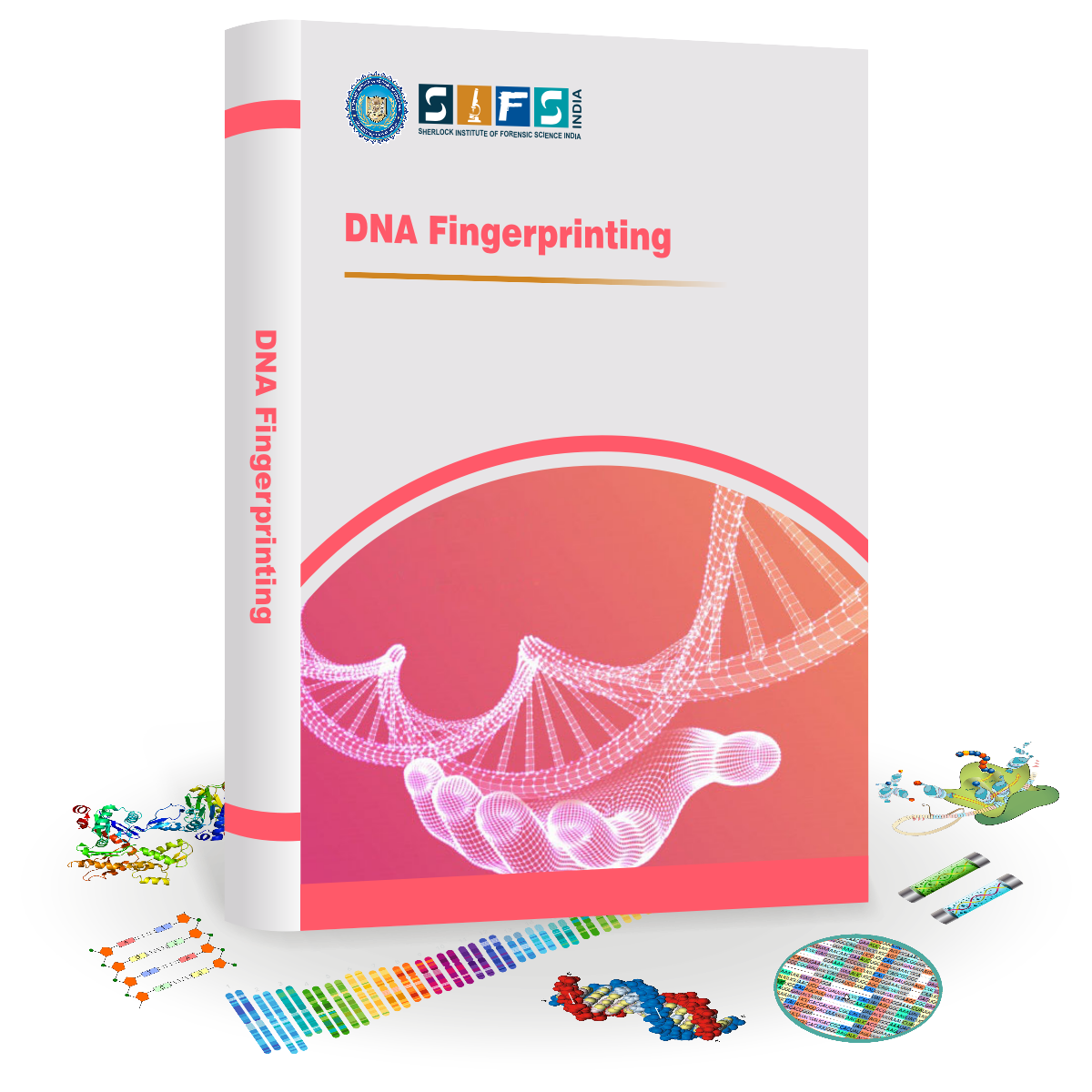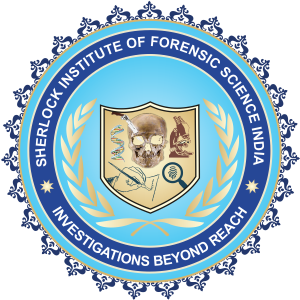It was really a great time to study VIRTUALLY because of immense effort, sheer dedication, strong determination and hard work of Dr Ranjeet Singh and his team in making this course informative. Would definitely recommend ANYONE INSIDE/OUTSIDE India to contact SIFS for Learning or seeking forensic expert service. Dr Ranjeet is really a good, intelligent, determined and strong-willed power person.

Dec Batch 2025
Last Date to Register : 25th Dec 2025
The DNA Fingerprinting Online Course by SIFS India will equip you with DNA analysis skills to decode the identity secrets hidden within the strands of DNA.
You will learn how to identify individuals on the basis of their unique genetic profiles to assist legal bodies in solving cases related to criminal verification, paternity disputes, and genealogy research.
All the pre-recorded sessions are delivered by subject-matter experts.
Associate Degree Program comprises of three levels: Level 1 (certificate), Level 2 (diploma), and Level 3 (Post Graduate Diploma), and the entire curriculum is divided among these levels.
A few of the topics you will learn about are: history and fundamentals of DNA, types and structure of DNA and RNA, history of human genetics, types of genes, causes and types of mutations and heredity, population genetics, extraction of DNA, sources of DNA, DNA detection techniques, DNA fingerprinting result evaluation, quality control, and the significance and legal perspective of DNA fingerprinting.
So enroll now to become a proficient DNA fingerprint analyst, thereby making valuable contributions to the fields of law and medicine.
Course Benefits
Enrolling in this course will help you master the techniques for extracting and analyzing DNA, understanding genetic markers, and applying DNA fingerprinting in various contexts. With this expertise, you can look forward to various career opportunities, from working in forensic labs to assisting in legal bodies, helping in establishing identity, and resolving genetic mysteries.
Course Outcome
Upon successfully completing this course, you will gain expertise to analyze genetic profiles, understand genetic markers, and apply DNA fingerprinting techniques to solve complex cases. You will be well-versed in implementing DNA fingerprinting techniques within a legal framework and doing expert reporting.
Course Highlights
- Pre-recorded sessions with insights about DNA analysis equipment and software.
- Experienced instructors in solving DNA Fingerprinting and genetic analysis cases
- Industry-specific and comprehensive study material and reference books
- Community of DNA Fingerprinting experts and professionals
- Professional networking for better job prospects
Payment Details:
International Student : PayPal: forensicdocument@gmail.com
Account Details for National Student
Bank Name - ICICI BANK
Acc. Name - SIFS INDIA PVT. LTD.
Account No. - 663505500086
Type - Current
IFSC Code - ICIC0000160
Address - ICICI Bank, H-4, Model Town -III, New Delhi - 110009




